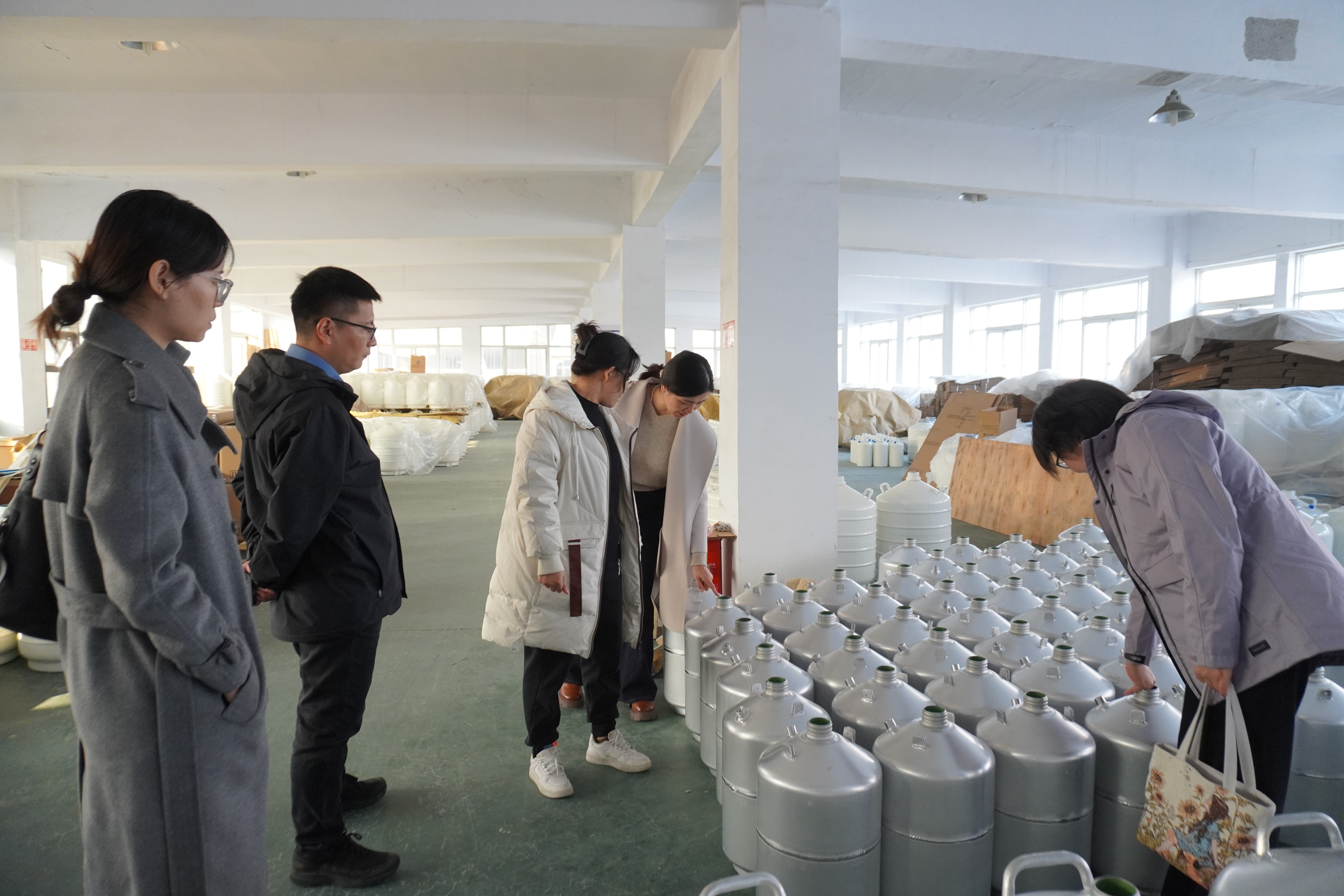Self-Inspection During Use of Liquid Nitrogen Tank: Best Practices for Safety and Efficiency
The use of liquid nitrogen tanks is common in various industries, including healthcare, research, and manufacturing. However, ensuring the safe and efficient operation of these tanks requires diligent self-inspection practices. One of the key aspects of maintaining a liquid nitrogen tank is to **replenish liquid nitrogen frequently**. Regularly checking the nitrogen levels not only ensures that the tank operates effectively but also prevents potential hazards associated with low levels of liquid nitrogen.
During the self-inspection process, it is crucial to **observe the surface of the liquid nitrogen tank**. This involves checking for any signs of frost or ice buildup, which can indicate improper insulation or leaks. Additionally, inspecting the tank's exterior for any dents, corrosion, or other damage is essential to ensure the integrity of the tank. A thorough visual inspection can help identify issues before they escalate into serious problems.
Another important practice is to **record the evaporation rate** of the liquid nitrogen. Monitoring how quickly the nitrogen evaporates can provide valuable insights into the tank's performance and efficiency. A higher-than-normal evaporation rate may signal a leak or other malfunction, prompting immediate action to rectify the situation. Keeping detailed records of evaporation rates over time can also help in predicting when the tank will need to be replenished, allowing for better planning and resource management.
In conclusion, self-inspection during the use of a liquid nitrogen tank is vital for maintaining safety and operational efficiency. By regularly replenishing liquid nitrogen, observing the tank's surface, and recording evaporation rates, users can ensure that their liquid nitrogen tanks function optimally while minimizing risks. Implementing these best practices not only enhances safety but also contributes to the longevity and reliability of the equipment.
















 Products
Products